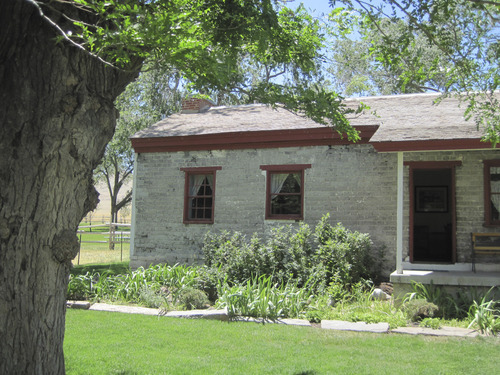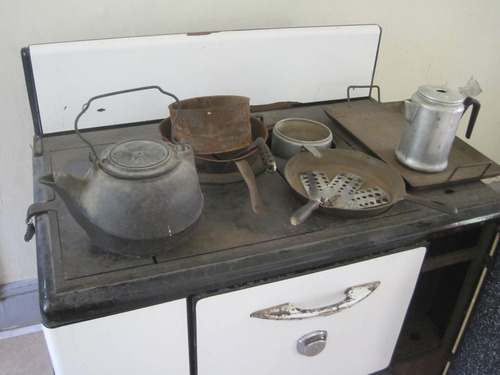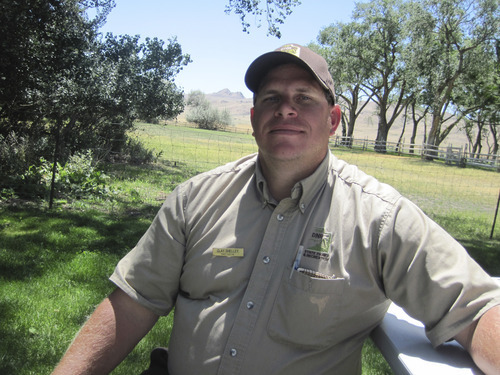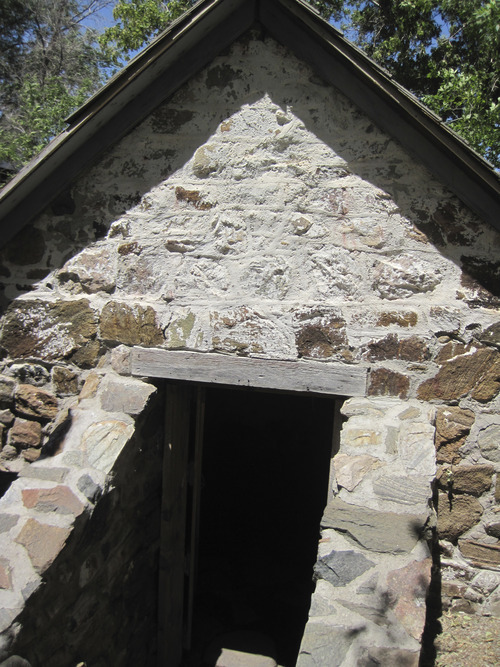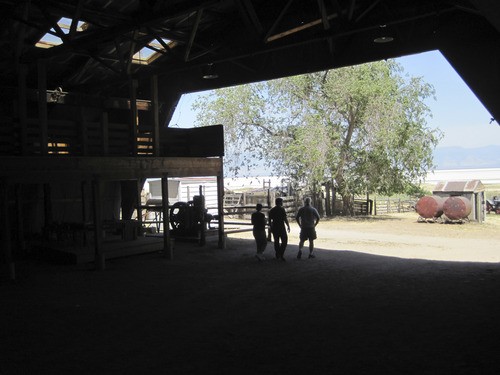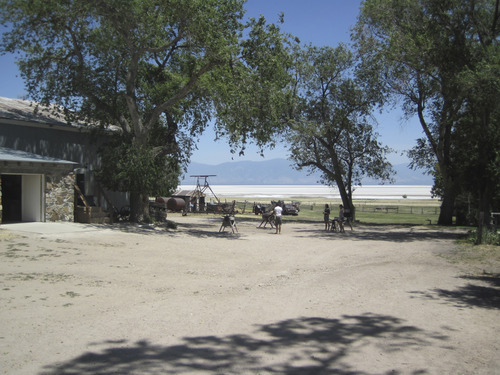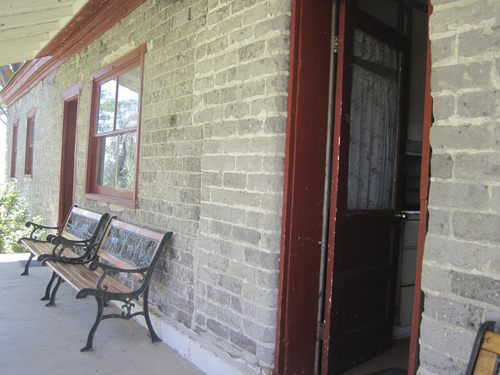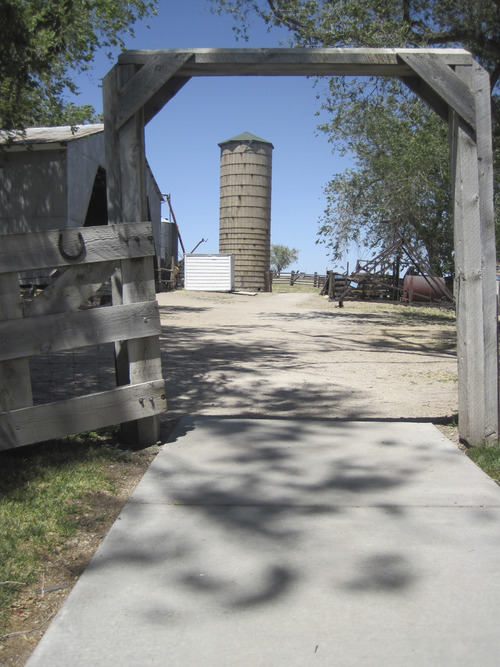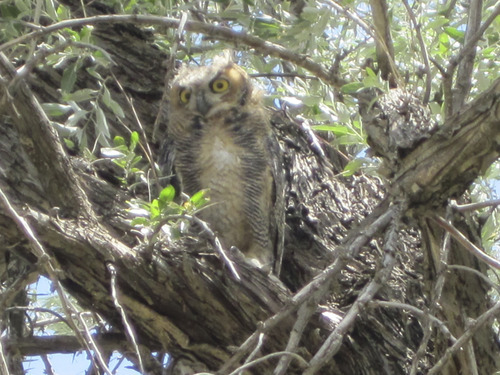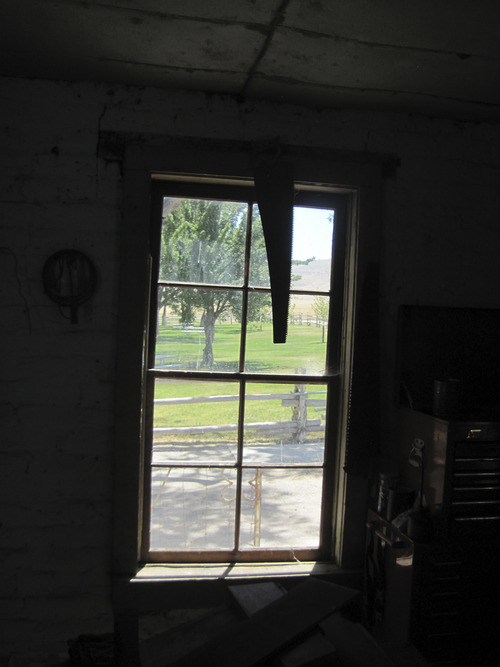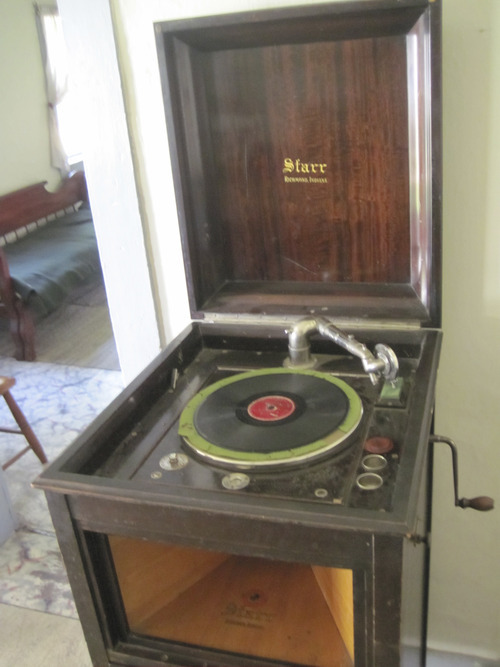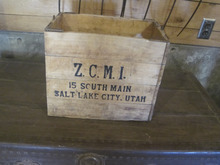This is an archived article that was published on sltrib.com in 2012, and information in the article may be outdated. It is provided only for personal research purposes and may not be reprinted.
Antelope Island •
Many Utahns use the July 24th holiday and the Days of 47 as a time to celebrate their pioneer heritage. Parades and rodeos throughout the state mark the date when Brigham Young brought the Mormon pioneers into the Salt Lake Valley on July 24, 1847.
Because so few authentic places remain to actually learn about the challenges and joys of pioneer life, a trip to the Fielding Garr Ranch at Antelope Island can help families connect with their roots.
That's because the old adobe ranch house built by pioneer Fielding Garr in 1849 remains in place and is Utah's oldest Anglo-built structure standing on its original foundation. Mormon leader Brigham Young asked Garr to run church cattle on the ranch. The place was ideal because it was difficult for the animals to wander off the island even though the lake level was low enough until 1853 that animals could be herded to the island. After that, barges were needed to bring the animals out and back.
John Dooly purchased the ranch in 1884 and his family operated it primarily as a sheep operation until 1972. It was then sold to the Anchutz family. Utah purchased the entire island in 1981 so it could be used as a state park.
Antelope Island is one of the few places in Utah that is largely unchanged since the 1800s.
"It's an oasis of history and an actual oasis with trees and grass," said Clay Shelley, the curator for the ranch house, bunkhouse, spring house, blacksmith shop and sheep-sheering barn as well as the surrounding historical area. "It's a great place to come and learn about our ancestors."
To celebrate Pioneer Day, Shelley has special events planned July 21. They include a 10 a.m. lecture on the history of the Frary homestead, games for kids and adults at the Fielding Garr site from noon to 2 p.m. and guided tours of the ranch from 2 to 4 p.m.
What makes this a fun place to visit is that Shelley and his staff of volunteers encourage visitors to actually experience the place by taking part in activities.
"There are no velvet ropes [to keep visitors away from exhibits]," he said. "Kids can lay down on beds or sit on the furniture to get a perspective of what the furniture was like. They can walk down into the spring house and get a feel for how much cooler it was in there. They can get to understand that the pioneers were pretty smart people. They adapted with what they had."
Kids can take a rope loop and try to lasso a standing "cow" Shelley put together in 2005. They can see what it was like to pump water using an old pump like the old days.
A concessionaire offers horseback rides. The shaded, grassy picnic area, aided by 40 springs in the area, can be a respite from the hotter, more desolate and treeless areas of Antelope Island on a hot summer day.
And wildlife enthusiasts should be thrilled at what they see. On the drive to the island, several hundred of bison, many right next to the road, seek grass and shelter. It is possible to see mule deer, antelope, chukars, pheasant and coyote, not to mention thousands of shorebirds such as Wilson's phalaropes and avocets.
Shelley pointed to a young fawn racing through the bushes near the ranch house and said two of them were in the area. Ask him where the great horned owls are and he will direct you to a tree where it is possible to see one of these beautiful birds in the wild.
Many visitors simply sit on a bench on the front porch of the old ranch house, savoring the setting and imagining themselves as early pioneers.
Twitter @tribtomwharton



